As the sun sets and the moon rises, casting a shimmering light upon the metropolis, there’s an electric anticipation in the air that signals the commencement of a fascinating adventure: a night out at Space Plus, Bangkok’s premier nightlife destination. The club, with its pulsating beats, hypnotic visuals, and fashionable crowds, encapsulates the essence of modern clubbing culture, presenting an entrancing escape into a world of music, dance, and liberation.
However, to truly appreciate the significance and allure of the nightlife experience offered by Space Plus, it’s essential to delve into the history of club culture and explore the fascinating journey that has inspired and shaped the industry. In this article, we will embark on a captivating voyage through time, spotlighting the key moments and enduring influences that have forged the lively, contemporary scene we know today.
Join us as we uncover the milestones that have sculpted the nightlife world and reflect upon the indelible legacy of club culture, celebrating the spirit of innovation and the power of human connection that fuel Space Plus Bangkok’s enchanting atmosphere. Through this breathtaking exploration, you’ll gain a deeper appreciation for the rich tapestry of experiences that define the enchanting escapade that is a night out at Bangkok’s finest nightclub. The dance floor awaits!
The Roaring ’20s – Speakeasies and Social Revolution
The roots of modern nightlife can be traced back to the Prohibition era of the 1920s, when speakeasies emerged as clandestine watering holes for the masses:
1. Defying Prohibition: Amidst a ban on the sale, production, and distribution of alcohol in the United States, speakeasies provided secret venues for patrons to enjoy their favourite libations, laying the groundwork for modern clubbing culture.
2. Jukeboxes and Jazz: These hidden bars often featured live jazz music and entertainment, drawing people together in a vibrant, energetic atmosphere. The introduction of the jukebox further cemented the role of music in the nightlife scene.
3. Social Revolution: The rise of speakeasies contributed to a societal shift, granting women more freedom to socialise in these establishments and paving the way for a more inclusive nightlife experience.
The Golden Age of Hollywood – Glamour, Cocktails, and Supper Clubs
The opulent era of Hollywood’s Golden Age in the 1930s and 1940s brought about glamorous supper clubs and a renaissance in cocktail culture:
1. Supper Clubs: Elegant supper clubs offered patrons live entertainment, dancing, and fine dining, creating an air of sophistication and exclusivity that provided a blueprint for high-end, modern club experiences.
2. The Art of Mixology: Bartenders, or mixologists, gained recognition during this period, crafting creative and innovative cocktails that became an integral part of the nightlife experience.
3. Celebrity Culture: The Supper clubs of Hollywood’s Golden Age attracted movie stars and celebrities, fostering a sense of allure that elevated the appeal of clubbing culture.
The 1970s – The Rise of Disco and Dance Music
The 1970s saw the emergence of disco music, laying the foundation for the electronic dance music featured in contemporary nightclubs like Space Plus:
1. Disco Fever: Characterised by catchy melodies, pulsating basslines, and infectious dance rhythms, disco music became the soundtrack to the 1970s nightlife scene, encouraging a communal and expressive celebration on dance floors.
2. Iconic Venues: Born in New York City, iconic clubs like Studio 54 and Paradise Garage set the stage for modern clubbing culture with their exclusive guest lists, innovative sound systems and captivating visual displays.
3. Global Impact: Disco’s explosive popularity spread across the globe during the 1970s, laying the foundation for international clubbing and dance music scenes that would emerge in the following decades.
The ’80s and ’90s – Underground Rave Culture and Electronic Dance Music
The late 20th century gave rise to the underground rave culture and a new wave of electronic dance music genres:
1. Birth of the Rave: Originating in the UK in the late 1980s, rave culture revolved around all-night parties in secret locations, featuring electronic dance music, mind-altering light shows, and a shared sense of belonging.
2. Sub-Genres of Electronic Music: As electronic music evolved in the 1990s, sub-genres like techno, house, trance, and drum and bass gained prominence, further diversifying the music available in nightlife venues.
3. The Rise of the DJ: DJs emerged as influential figures in club culture, sparking the era of the superstar DJ and shaping the contemporary club experience with their curated sets of electronic music.
Final Thoughts: The Eternal Pulse of Nightlife at Space Plus Bangkok
From the energetic speakeasies of the 1920s to the glamour of Hollywood’s supper clubs, the captivating pulse of disco, and the rise of underground rave culture, the history of nightlife and club culture has evolved through a remarkable journey that has influenced every facet of the modern clubbing experience.
Space Plus Bangkok stands proud as a testament to this storied legacy, embodying the timeless enthusiasm, mesmerizing music, and shared connection that has fuelled the evolution of nightlife across the decades.
As you immerse yourself in the exhilarating world of Space Plus, Bangkok’s best night club, and its enchanting atmosphere, remember the rich tapestry of experiences and influences that have contributed to the establishment’s present-day charm. Let yourself be swept up in the enchanting rhythm of history and enjoy the magic that awaits you at Space Plus Bangkok!

